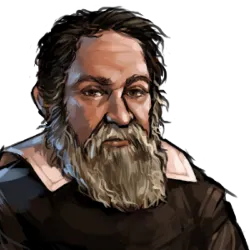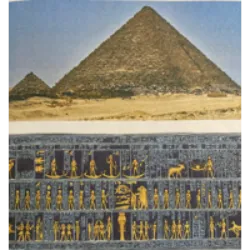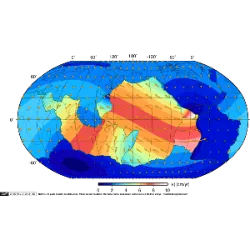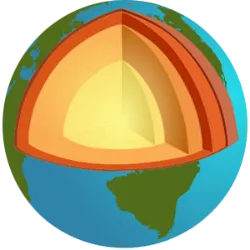Scientific Revolution

Between the 16th and 17th centuries, the Scientific Revolution marked a radical change in human knowledge, challenging medieval beliefs and establishing the foundations of modern science. Great names such as Nicolaus Copernicus, Galileo Galilei and Isaac Newton revolutionized astronomy and physics, replacing old Aristotelian concepts with methods based on observation and experimentation.
In 1543, Copernicus published the heliocentric theory, stating that the Earth revolved around the Sun, contradicting the geocentric view defended by the Church. In the 17th century, Galileo, using the telescope, confirmed this theory and defied the Inquisition, being tried for heresy. Shortly thereafter, Newton formulated the laws of motion and gravity, cementing the scientific method and the mechanistic view of the universe.
The Scientific Revolution not only transformed astronomy and physics, but also influenced philosophy and technology, paving the way for the Enlightenment and the advances of modernity. This period redefined the relationship between science and religion and shaped the contemporary world, establishing reason as the pillar of human knowledge.
Did you know??












